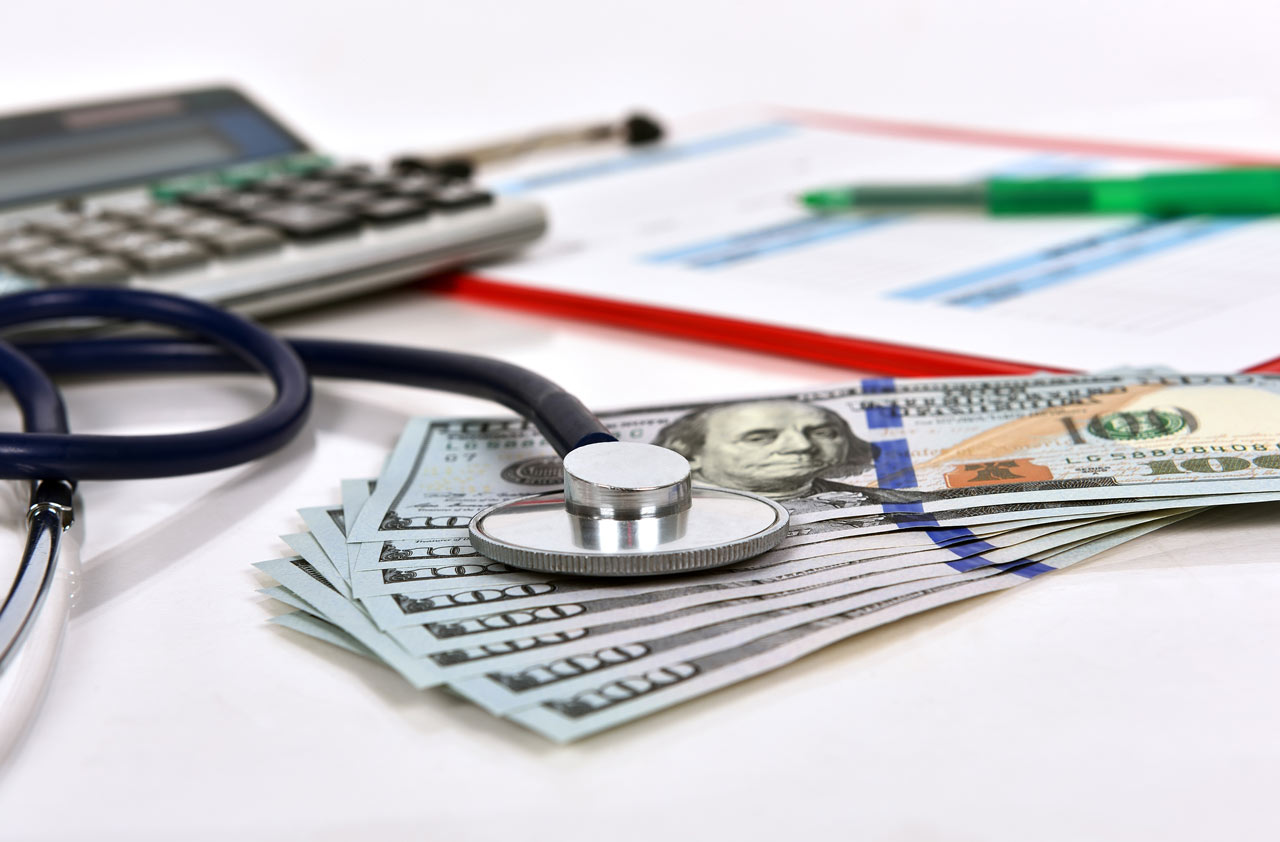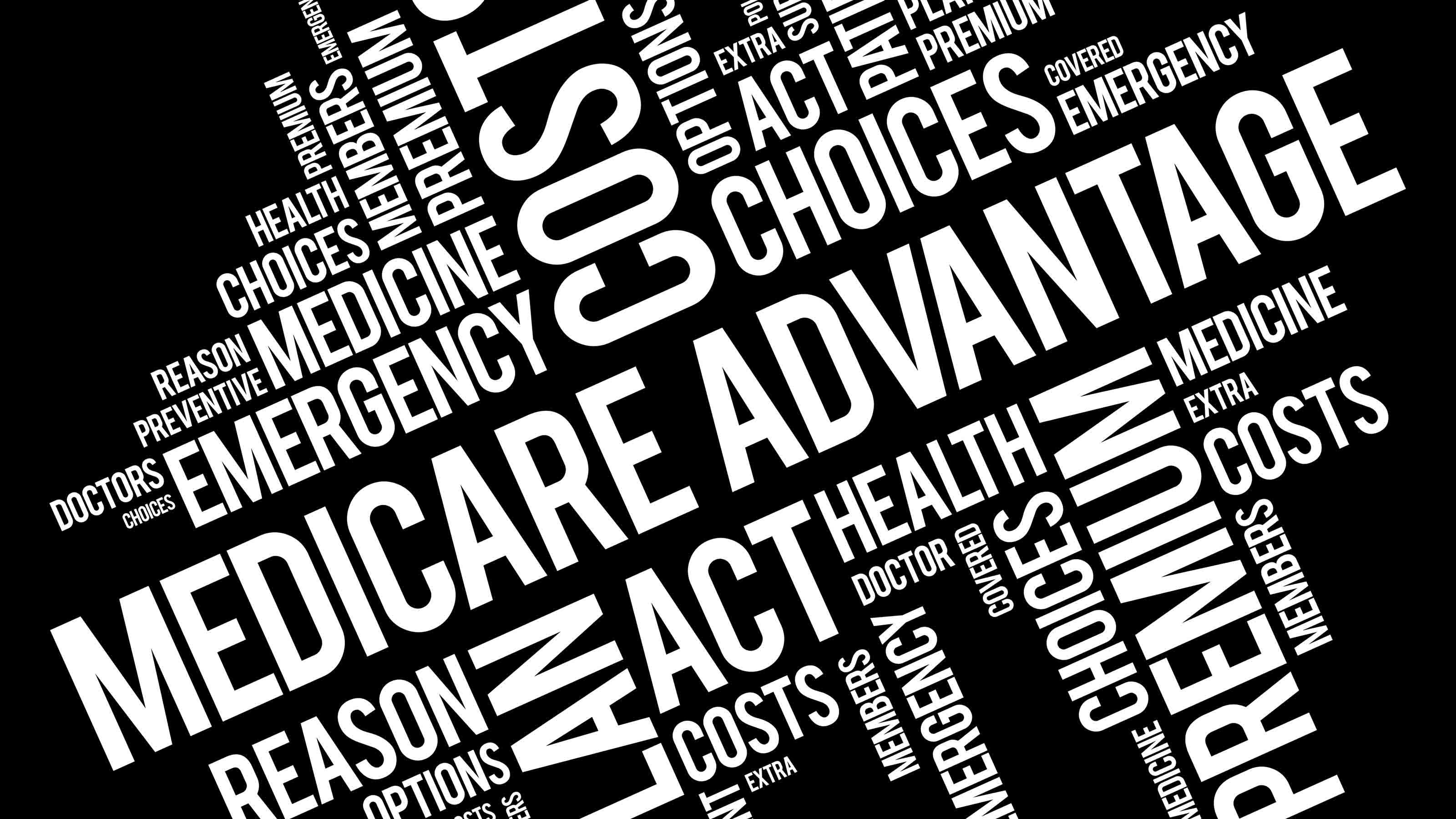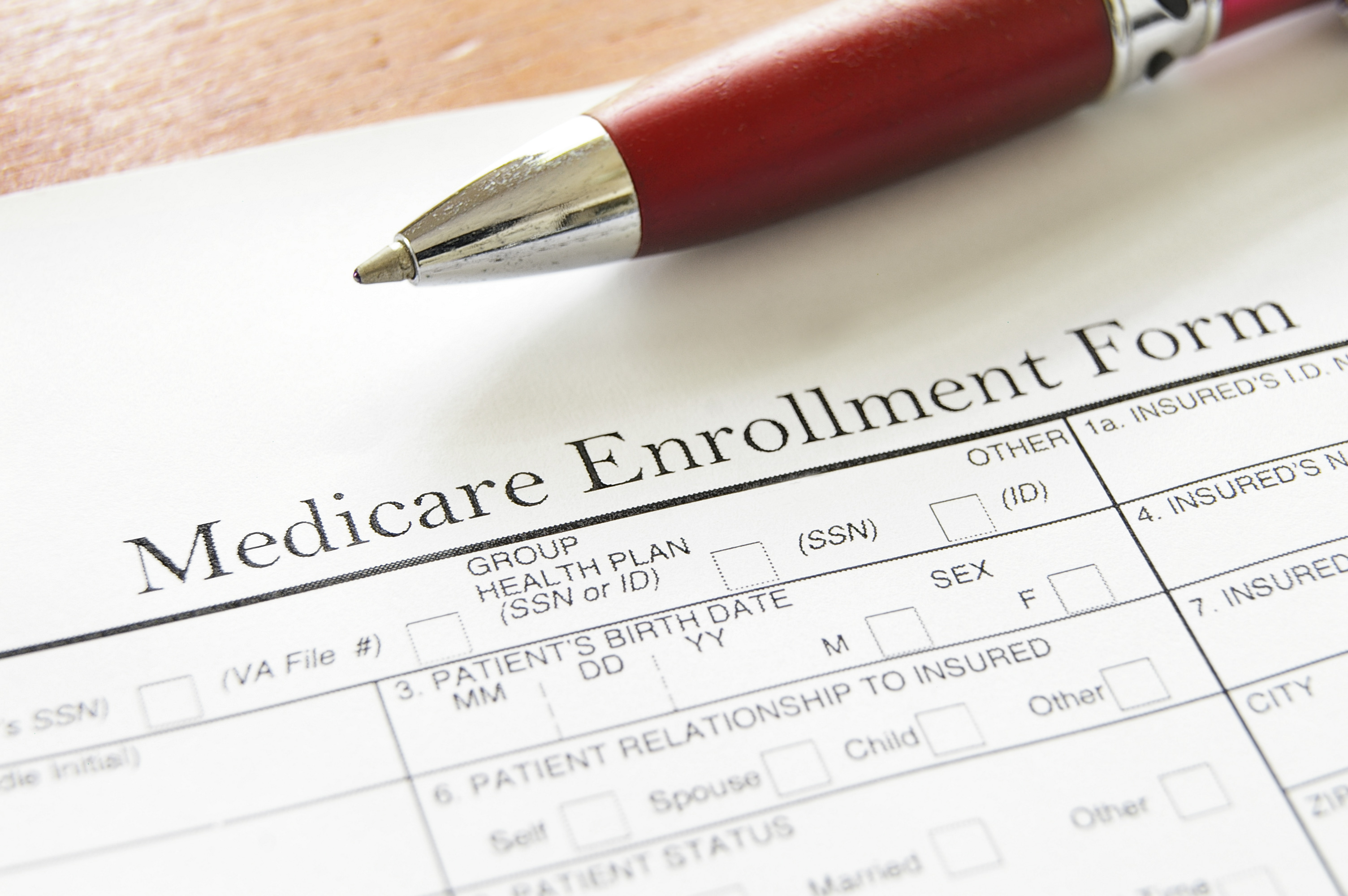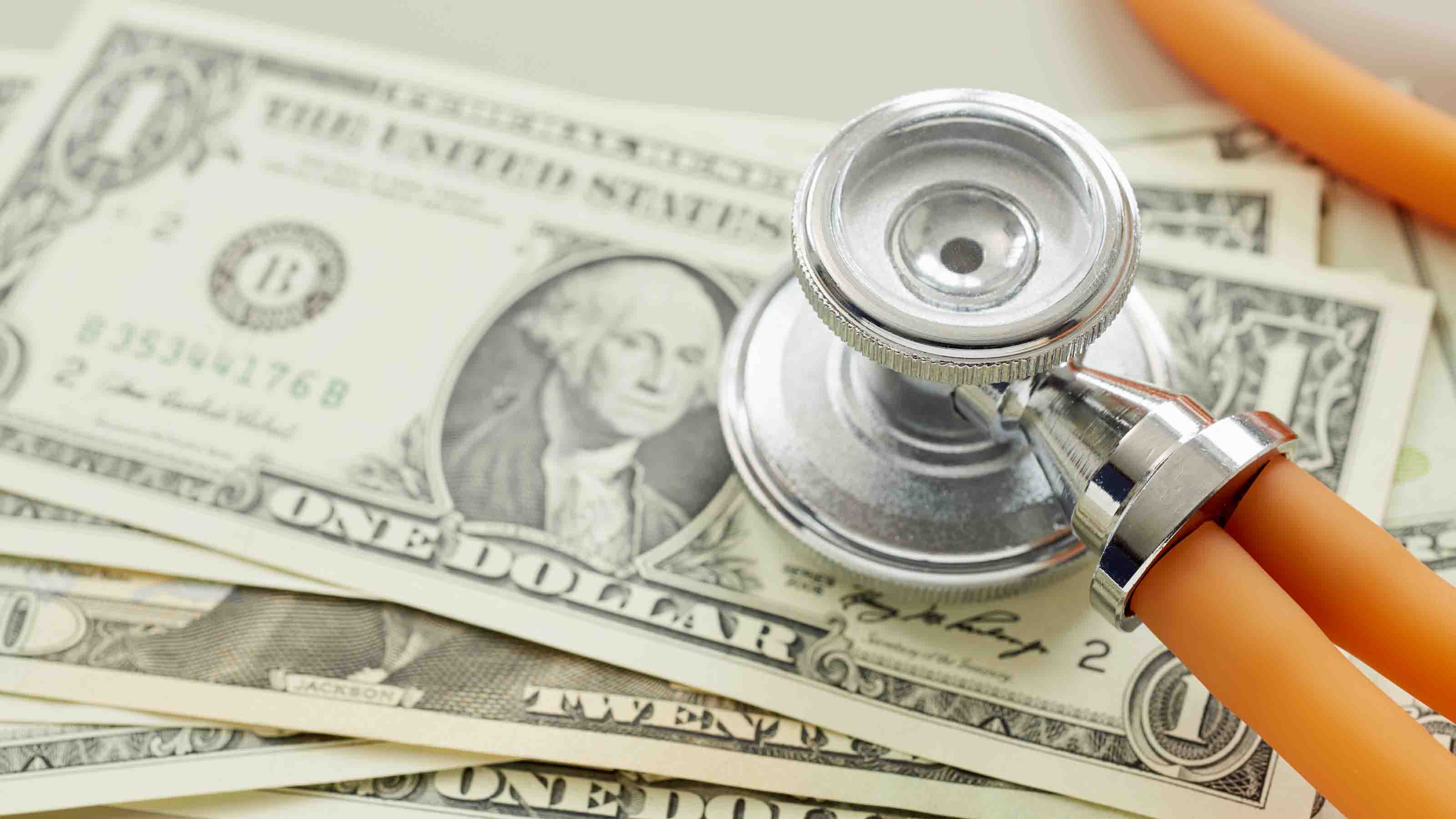How Much Will You Spend on Health Care in Retirement?
Medicare covers fewer health care expenses in retirement than many people realize, but our strategies will help you save money as you fill in the gaps.


Question: I thought most of my health care costs would be covered by Medicare after I turn 65, but it looks like I'll still have to pay quite a bit myself. How much can I expect to pay for health care in retirement? What can I do to lower those costs?
Answer: Even though Medicare covers the bulk of your health care costs after you turn 65, you may still have a lot of out-of-pocket expenses. A recent study by Fidelity Investments estimates that the average 65-year-old couple retiring this year will need $275,000 to pay medical expenses during retirement. That includes Medicare premiums, co-payments and deductibles (or a policy to fill any coverage gaps) and Medicare Part D prescription-drug coverage plus out-of-pocket drug costs over the next 20 years for the man and 22 years for the woman.. The Fidelity figure doesn't count the potential costs of long-term care.
You can expect to pay as much as a few thousand dollars each year for Medicare premiums. Medicare Part A, which covers hospitalization, is free for most people. But you'll pay a monthly premium for Part B, which applies to doctors' visits and outpatient care. People who sign up for Medicare in 2017 generally pay $134 per month for Part B. (People who have had Medicare premiums deducted from their Social Security benefits in previous years are currently paying less). And if your adjusted gross income plus tax-exempt interest income is more than $85,000 if you're single or $170,000 if you're married filing jointly, you'll have to pay even more -- with your monthly premiums running from $187.50 to $428.60 per person per month in 2017. See Retirees to Pay More for Medicare in 2017 for more information.

Sign up for Kiplinger’s Free E-Newsletters
Profit and prosper with the best of expert advice on investing, taxes, retirement, personal finance and more - straight to your e-mail.
Profit and prosper with the best of expert advice - straight to your e-mail.
Plus, Medicare leaves some gaps. For instance, you'll pay deductibles and co-payments for hospitalization, doctors' visits, procedures and other medical care. And Medicare doesn't cover prescription drugs. Some people fill in these gaps with retiree health care coverage from a former employer, but that is becoming rarer. Otherwise, you'll need to buy a medigap policy to cover these out-of-pocket expenses and a Part D prescription-drug policy to cover drugs. Or you can get a Medicare Advantage plan to pay both medical and drug expenses.
To help reduce these extra costs, consider these strategies:
Shop for a medigap policy when you're first eligible. You have six months after signing up for Medicare Part B to choose any medigap plan. After that, insurers can generally charge more or deny coverage because of preexisting conditions. Each plan with the same letter designation provides the same coverage, but the price can vary a lot by insurer. For example, a 65-year-old man in Tampa, Fla., who buys Plan F, the most popular plan, could pay $2,230 to $3,820 a year, depending on the insurer, according to Weiss Ratings. Many state insurance department Web sites list prices for all of the medigap policies available in their state. Find contact information for your state insurance department at www.naic.org/map. You can also get prices for many policies at eHealthInsurance.com's Medicare page. Or order a personalized Weiss Ratings Medigap Report ($49 for Kiplinger readers), which lists premiums for the plans in your area plus strategies for saving money. See How to Fill Medicare Coverage Gaps for more information.
Pick the best Part D policy for you. This can vary from year to year, as your prescriptions change and insurers revise their coverage. You can switch Part D prescription-drug policies every year during open enrollment, which runs from October 15 to December 7 for coverage starting on January 1. Use the Medicare Plan Finder and type in your drugs and dosages to compare premiums and total out-of-pocket costs. (2018 plans will be listed in early October.) Most plans offer the lowest co-payments if you use a preferred pharmacy. See How to Save With a Medicare Prescription Drug Plan.
Review your Medicare Advantage plans annually. If you choose to get both medical and drug coverage through a Medicare Advantage plan, you can also shop around for a policy every year during open enrollment. Use the Medicare Plan Finder to compare the cost for drugs and health care under each plan in your area. Type in your zip code and your drugs and dosages, then click on "Medicare health plans." Make sure the doctors and hospitals you want to use are covered. Some plans have been switching from PPOs, which charge higher co-payments if you use out-of-network providers, to HMOs, which generally don't cover visits to out-of-network doctors. See What Retirees Must Know About Medicare Advantage Plans.
Challenge the Medicare surcharge. Your premiums for Part B and Part D will be higher if your income is higher -- more than $85,000 if single or $170,000 if married filing jointly. The Social Security Administration uses your most recent tax return on file to calculate the premium. But if your income has decreased since then because of certain life-changing situations, such as divorce, death of a spouse or retirement, then you can submit Form SSA-44 and ask Social Security to substitute your more recent income. For more information, see Medicare Premiums: Rules for Higher-Income Beneficiaries.
Switch to generics or cheaper treatments. Even with Part D prescription-drug coverage, you'll have some out-of-pocket costs for your medications -- and you could pay hundreds or thousands of dollars for your share of the cost of expensive specialty drugs. Ask your doctor whether there are cheaper generic versions of your drugs, or if there are therapeutic alternatives to treat the same condition for less. See if you can save money by using a preferred pharmacy or mail-order pharmacy. For instance, ordering a 90-day supply of maintenance drugs may cost only 2.5 times more than a 30-day supply. See 7 Ways to Save on Prescriptions.
Tap your tax-free health savings account. You can't contribute to an HSA after you enroll in Medicare. But the money you have accumulated in the account can be withdrawn tax-free to pay medical expenses. And after age 65, you can also use the money to pay premiums for Medicare Part B, Part D and Medicare Advantage plans (but not for medigap). See FAQs About Health Savings Accounts.
Get Kiplinger Today newsletter — free
Profit and prosper with the best of Kiplinger's advice on investing, taxes, retirement, personal finance and much more. Delivered daily. Enter your email in the box and click Sign Me Up.

As the "Ask Kim" columnist for Kiplinger's Personal Finance, Lankford receives hundreds of personal finance questions from readers every month. She is the author of Rescue Your Financial Life (McGraw-Hill, 2003), The Insurance Maze: How You Can Save Money on Insurance -- and Still Get the Coverage You Need (Kaplan, 2006), Kiplinger's Ask Kim for Money Smart Solutions (Kaplan, 2007) and The Kiplinger/BBB Personal Finance Guide for Military Families. She is frequently featured as a financial expert on television and radio, including NBC's Today Show, CNN, CNBC and National Public Radio.
-
 6 Stunning Waterfront Homes for Sale Around the US
6 Stunning Waterfront Homes for Sale Around the USFrom private peninsulas to lakes, bayous and beyond, Kiplinger's "Listed" series brings you another selection of dream homes for sale on the waterfront.
By Charlotte Gorbold Published
-
 Six Reasons to Disinherit Someone and How to Do It
Six Reasons to Disinherit Someone and How to Do ItWhether you're navigating a second marriage, dealing with an estranged relative or leaving your assets to charity, there are reasons to disinherit someone. Here's how.
By Donna LeValley Published
-
 What Does Medicare Not Cover? Eight Things You Should Know
What Does Medicare Not Cover? Eight Things You Should KnowHealthy Living on a Budget Medicare Part A and Part B leave gaps in your healthcare coverage. But Medicare Advantage has problems, too.
By Donna LeValley Published
-
 Medicare or Medicare Advantage: Which Is Right for You?
Medicare or Medicare Advantage: Which Is Right for You?From overall costs to availability of care, here's what to know about the differences between traditional Medicare and Medicare Advantage plans.
By Paola Bianchi Delp Published
-
 Is a Medicare Advantage Plan Right for You?
Is a Medicare Advantage Plan Right for You?Medicare Advantage plans can provide additional benefits beneficiaries can't get through original Medicare for no or a low monthly premium. But there are downsides to this insurance too.
By Jackie Stewart Last updated
-
 Medicare Advantage 2024 Plans Dip in Ratings
Medicare Advantage 2024 Plans Dip in RatingsMedicare Advantage and Medicare Part D plans lose 'star' on the CMS performance score card.
By Joey Solitro Published
-
 Considering a Medicare Advantage Plan? Be Wary of Promises
Considering a Medicare Advantage Plan? Be Wary of PromisesThese private insurance alternatives to Medicare are growing in popularity at the same time they’re under scrutiny for their sales tactics and coverage.
By Elaine Silvestrini Last updated
-
 Medicare Open Enrollment Occurs Annually from October to December — Here's What You Need to Know
Medicare Open Enrollment Occurs Annually from October to December — Here's What You Need to KnowMedicare open enrollment is underway. Here's what you need to get done.
By Elaine Silvestrini Last updated
-
 Medicare Costs to Go Down in 2023
Medicare Costs to Go Down in 2023Retirement Lower-than-expected spending on an expensive drug and other things means beneficiaries will pay less next year.
By Elaine Silvestrini Last updated
-
 A Medicare Surcharge That Might Surprise You If You’re Not Careful – IRMAA
A Medicare Surcharge That Might Surprise You If You’re Not Careful – IRMAAMedicare You could get hit with much higher Medicare premiums today because of something that boosted your income two years before.
By Brian Quick, CLU®, ChFC® Published